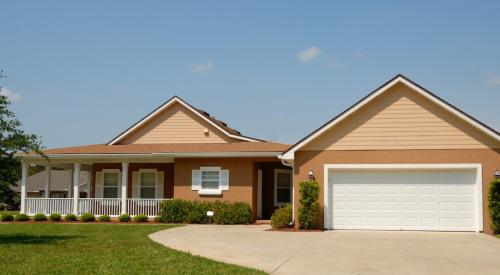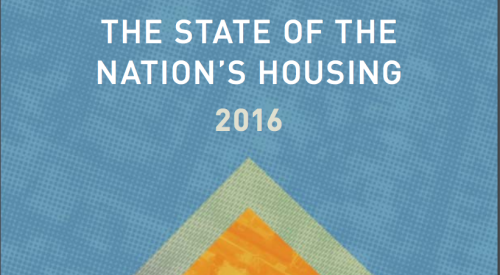In 2005, the share of buyers that previously owned a home was 46 percent. Five years later, in 2010, the number of repeat buyers fell to 35 percent and the share of first-time buyers jumped to a high of 50 percent, according to the Economists’ Outlook Blog. This increase in first time buyers was likely due to the government’s tax credit meant to spur first-time buyers in the housing market. By 2015, the share of repeat buyers increased to 46 percent again.
An interesting note can be found when examining the patterns of previous living arrangements for first-time buyers over the last decade. While there has been a change in demographics, for example, the age has increased, income has fluctuated, and the household composition has grown, the shares of those who previously rented or lived with friends and family has remained relatively consistent.
The number of repeat buyers, however, has not remained quite as constant. Repeat buyers who previously rented grew from 19 percent in 2007 to 25 percent in 2010 and continued to rise (after a brief decrease in 2011) to 27 percent in 2015. This seems to suggest that many of these repeat buyers are boomerang homebuyers, or buyers who owned a home, had to sell it, went back to renting, and are now returning to the market to purchase homes.











